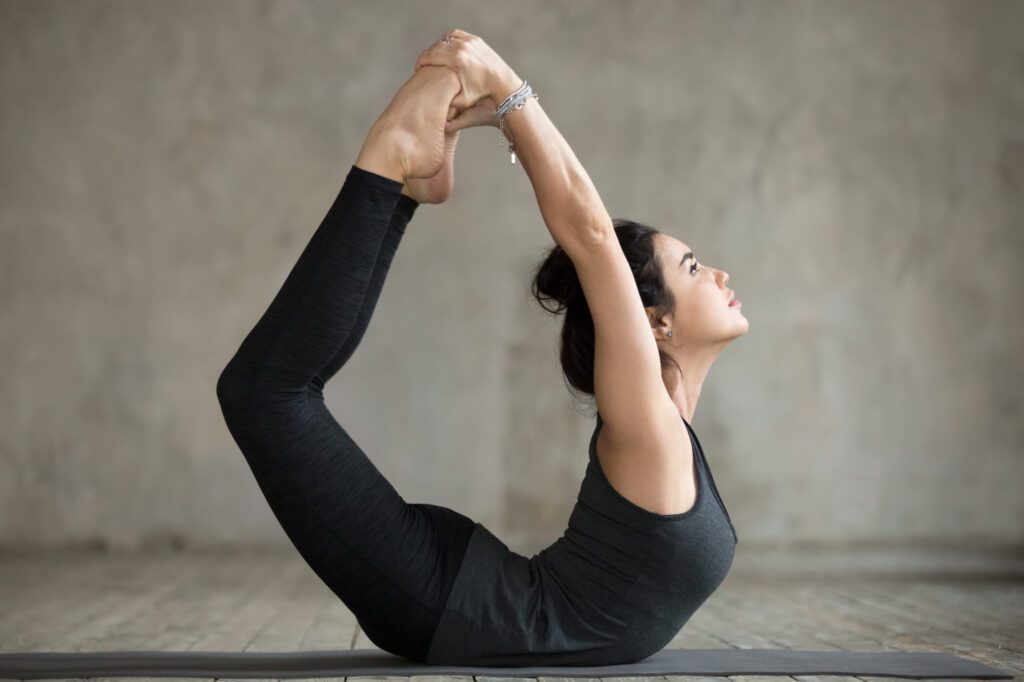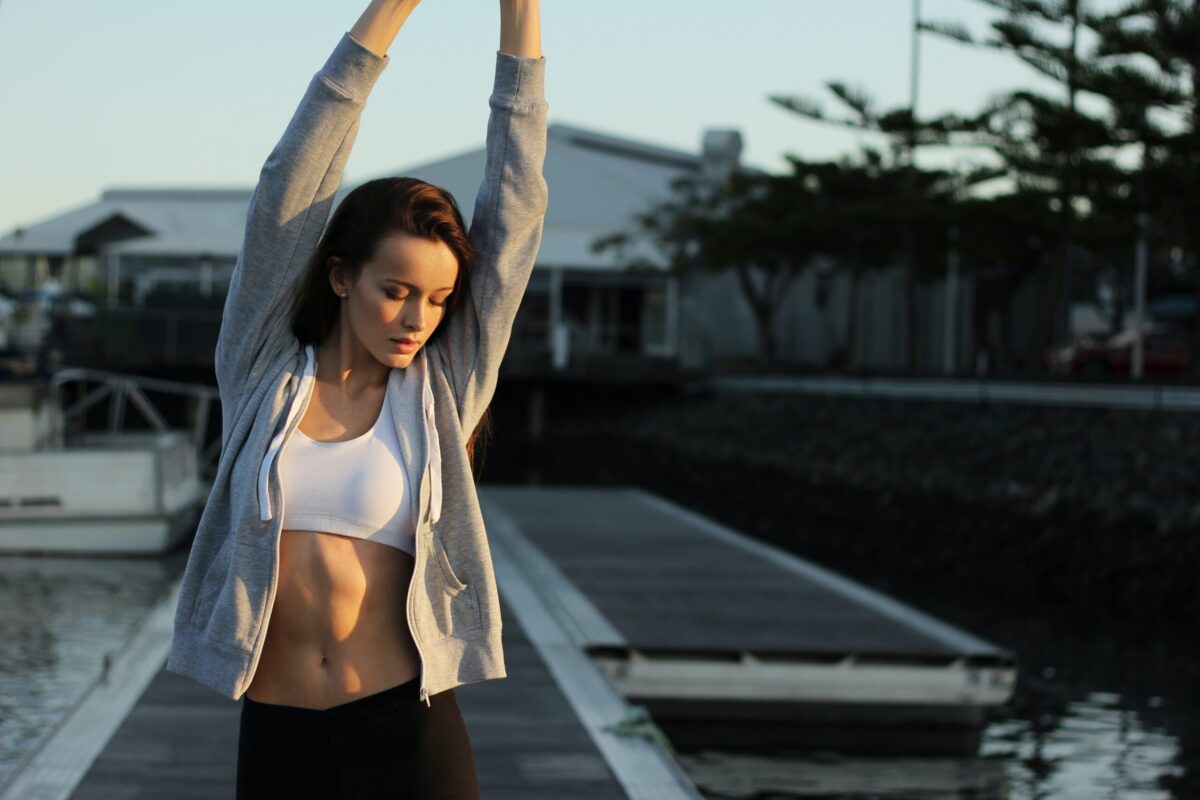Prone yoga poses are a set of yoga postures that are performed while lying face down on the mat. These poses are designed to help stretch and strengthen the muscles of the back, hips, glutes, and legs. Practising prone yoga poses can be beneficial for those who spend too much time sitting or have poor posture, as well as those looking to improve their overall flexibility and range of motion.
Prone Yoga Poses
In prone yoga poses, the body is supported by the hands, forearms, and legs, while the spine is elongated, and the muscles are activated. This can help to improve posture, reduce back pain, and increase overall strength and flexibility. Additionally, prone yoga poses can help to calm the mind and reduce stress and anxiety.
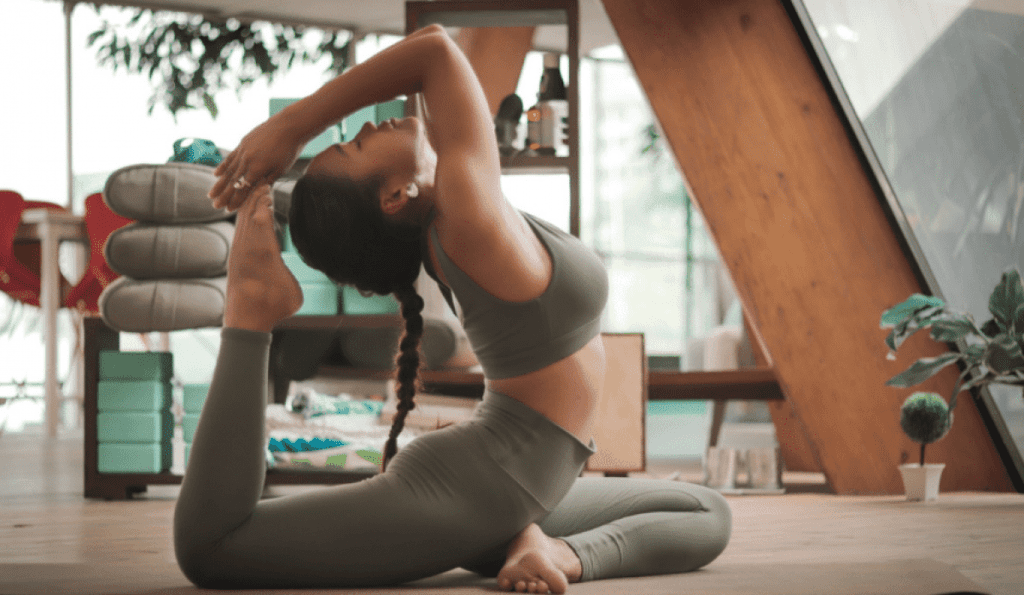
General tips for practising Prone Yoga Poses include:
- Begin in a comfortable position, lying face down on the mat with your arms at your sides.
- Engage your core muscles to protect your lower back and support your spine.
- Move slowly and mindfully, paying attention to your body’s sensations and limits.
- Use your breath to help you deepen into the pose, inhaling to lengthen and exhaling to release tension.
- If a pose feels uncomfortable or painful, modify it or come out of the pose and rest.
Examples of prone yoga poses:
Cobra Pose (Bhujangasana)
Cobra Pose, or Bhujangasana in Sanskrit, famous amidst prone yoga poses, stretches and strengthens the muscles of the back, shoulders, and chest.
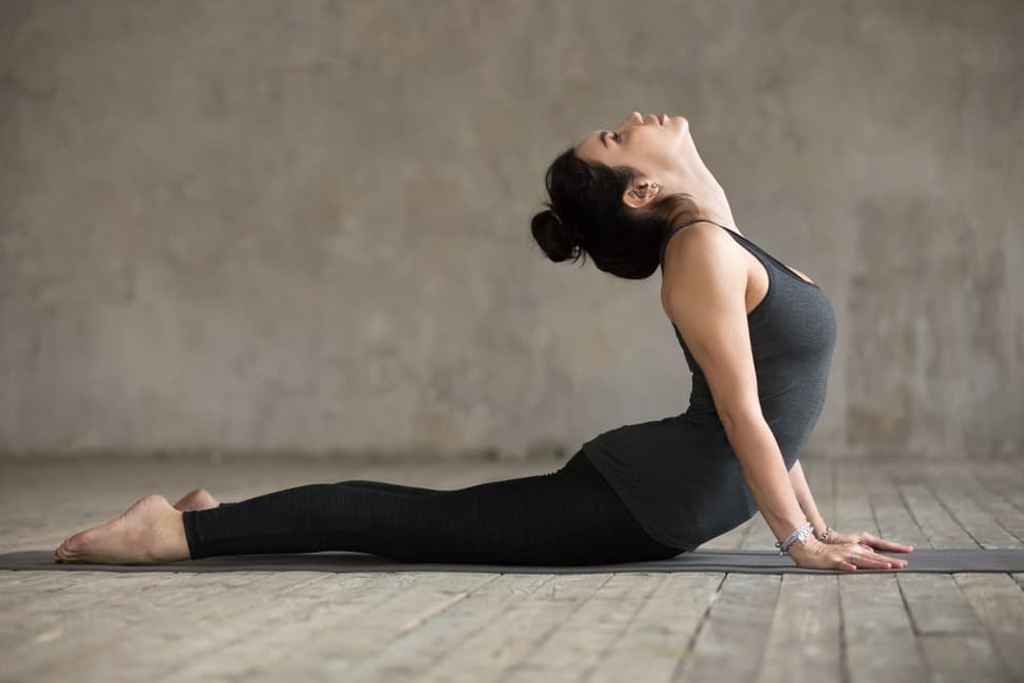
Lie face down on the mat, place your hands under your shoulders, and lift your chest off the ground while keeping your elbows close to your body.
The benefits of this prone yoga pose are improved posture, spinal alignment, flexibility, digestion, and stress reduction. Modifications include using a blanket or towel for support or keeping your forearms on the ground.
Sphinx Pose (Salamba Bhujangasana)
Sphinx Pose, or Salamba Bhujangasana in Sanskrit, is an excellent posture in prone yoga poses that helps to stretch and strengthen the muscles of the back, chest, and shoulders.

Start in a prone position and place your elbows under your shoulders. And then lift your head and chest off the ground. Meanwhile, press your elbows and forearms into the mat. Hold the pose for several breaths.
Benefits include improved posture, spinal alignment, and stress reduction. Sphinx Pose is a great alternative to Cobra Pose for those who experience discomfort in their lower back.
Locust Pose (Salabhasana)
Locust Pose, or Salabhasana in Sanskrit, is a prone yoga pose that strengthens the muscles of the back, buttocks, and legs.
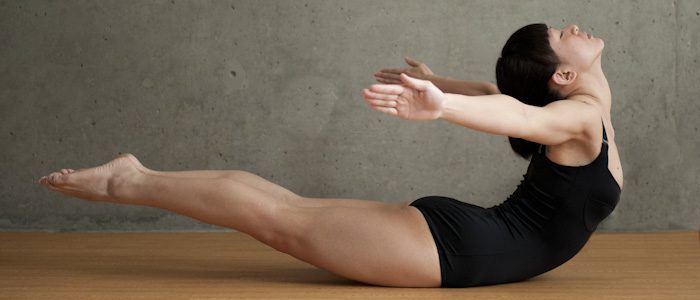
To practice it, start by lying face down on your mat with your arms at your sides and palms facing down. Lift your legs and chest off the ground while keeping your neck long. Hold the pose for several breaths before lowering back down.
Benefits include improved posture, spinal alignment, and strengthening of the back and legs. Modifications include lifting only one leg at a time or using a folded blanket or towel for support under the hips.
Bow Pose (Dhanurasana)
Bow Pose, or Dhanurasana in Sanskrit, another amazing pose among prone yoga poses, strengthens the muscles of the back, hips, thighs, and ankles.

To practice it, start by lying face down on your mat with your arms at your sides. Bend your knees and reach back to grasp your ankles. Then, inhale and lift your chest and thighs off the ground while pulling your ankles towards your body. Hold the pose for several breaths before releasing it back down to the ground.
Benefits include improved posture, spinal alignment, back, hips, and leg strengthening. Modifications include using a strap to reach your ankles or keeping your thighs on the ground while lifting only your chest.
Upward Facing Dog Pose (Urdhva Mukha Svanasana)
Upward Facing Dog Pose, or Urdhva Mukha Svanasana in Sanskrit, is popular among prone yoga poses that helps to strengthen the muscles of the arms, wrists, back, and legs while stretching the chest and shoulders.
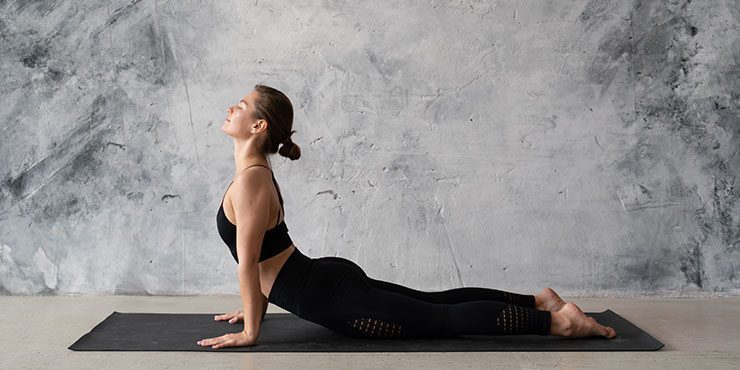
To practice it, lay face down on your mat with your hands under your shoulders and elbows close to your sides. Then, inhale and press into your hands. Lift your chest off the ground and straighten your arms. Make sure to keep your shoulders away from your ears and press your thighs and feet into the ground. Hold the pose for several breaths before releasing it back down to the ground.
Benefits include improved posture, spinal alignment, arms, wrists, and back strengthening. Modifications include using a blanket or towel under your hips for support or keeping your knees on the ground while lifting your chest.
Conclusion
Remember, it is important to always listen to your body and only perform poses that feel comfortable and safe for you. Approach these prone yoga poses with awareness and patience, moving slowly and mindfully to prevent injury and maximize the benefits of the pose. You can also listen to your body and modify the poses to suit your needs and limitations. Practising prone yoga poses regularly can help to improve overall health and well-being, both physically and mentally. Combine these amazing prone yoga poses with Nutrilplus DailyHealth, so you can benefit from the outside as well as from the inside.
